This summer, the Ashmolean museum offers a new perspective on a famous archaeological discovery. The excavation of Tutankhamun’s tomb in 1922 was of huge historical significance, but its impact reached far beyond that, informing the politics and fashions of the age. We spoke to one of the curators, Paul Collins, about the show.
Click here for a gallery of highlights from the exhibition
Can you tell us a bit about the exhibition?
Lord Carnarvon and Howard Carter’s excavation of the tomb of Tutankhamun in 1922 was one of the most significant archaeological discoveries of the 20th century. All of the original excavation plans, notes and photographs were deposited in the Griffith Institute at the University of Oxford and these will sit at the heart of the exhibition to reveal how both archaeologists and artists recoded the contents of the tomb. We will also explore the extraordinary impact that the discovery made on the fashion and politics of the ‘Roaring Twenties’ as well as later, and what the tomb’s contents reveal about Tutankhamun and his time.
What makes this a distinctive show?
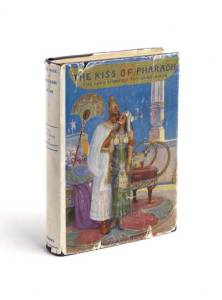 There have been many exhibitions around the world focusing on objects from Tutankhamun’s tomb (both original and replicas). Rather than repeating such displays, this exhibition considers, for the first time, the process of excavation (and with it the development of professional archaeological photography and conservation). Similarly, no show has previously explored the influence of the finds on fine art and popular culture, or questioned why Tutankhamun – a relatively minor king in antiquity – has become an icon of the modern age.
There have been many exhibitions around the world focusing on objects from Tutankhamun’s tomb (both original and replicas). Rather than repeating such displays, this exhibition considers, for the first time, the process of excavation (and with it the development of professional archaeological photography and conservation). Similarly, no show has previously explored the influence of the finds on fine art and popular culture, or questioned why Tutankhamun – a relatively minor king in antiquity – has become an icon of the modern age.
How did you come to curate this exhibition?
My co-curator Liam McNarama raised the possibility of marking the 75th anniversary of the Griffith Institute in 2014 and we developed the exhibition together. Liam is curator for ancient Egypt and Sudan in the Ashmolean and so this falls within his remit. My own responsibility is for the museum’s Ancient Near East collections but I also have many years of exhibition experience with the British Museum and the Metropolitan Museum of Art.
What is likely to be the highlight of the exhibition?
There are so many different strands to the exhibition that it is difficult to choose! Howard Carter’s diary in which he records the moment of discovery is very special, as are the glass plate negatives of the excavation made by Harry Burton who was trained in fine art photography. Other surprises include exquisite paintings of jewellery from the tomb made on sheets of ivory, and objects from the British Empire Exhibition of 1924. It is, however, the delicate stone sculptures from the time of Tutankhamun that are perhaps the most extraordinary.
And what’s been the most exciting personal discovery for you?
I was astonished to learn that the excavation of the tomb took 10 years of painstaking, scientific recording. This was against a backdrop of political unrest in Egypt and economic growth and cultural change in Europe and the United States which has shaped the way we think of Tutankhamun today. However, the biggest surprise came when it became clear that only some 30% of the objects from the tomb have been the subject of study and publication; there is still much to learn from them.
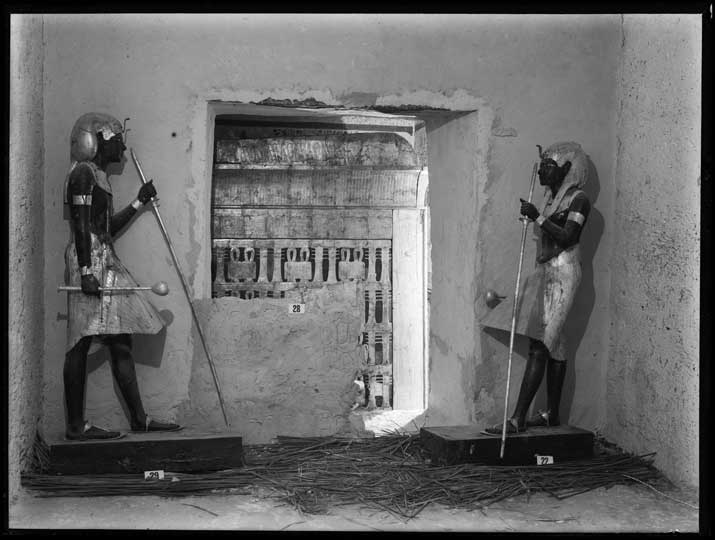
What’s the greatest challenge you’ve faced in preparing this exhibition?
An exhibition about Tutankhamun naturally raises expectations that there will be objects from the tomb on display. In fact, we never considered borrowing any of these (they are all in the Egyptian Museum, Cairo), especially given the recent political upheavals in Egypt, as they are not necessary for our narrative. Instead we draw on some remarkable Ancient Egyptian art from other international collections to contextualise Tutankhamun’s reign.
How are you using the gallery space? What challenges will the hang/installation pose?
The show’s narrative was developed to fit the three galleries for temporary exhibitions in the Ashmolean which are all different in size, shape, and height. We introduce our visitors to the search for Tutankhamun in the entrance corridor before they enter the first gallery; its lower ceiling provides an evocative space in which to examine the excavation of the tomb. The brightly lit, double height gallery transports people into the world outside the tomb to explore the public mania for Tutankhamun in the 1920s and later. The final more intimate space provides for an encounter with ancient art from the time of Tutankhamun. Here our greatest challenge was the installation of some very heavy sculptures depicting the king.
Which other works would you have liked to have included?
With an exhibition that explores so many stories there were inevitably some that we were unable to cover in as much detail as we would have liked. It would have been wonderful to have had space to include more extraordinary art from Egypt’s Amarna period (c. 1350–1330 BC). However, visitors have the opportunity to examine many such examples in the Ashmolean’s permanent galleries of Ancient Egypt and Nubia.
‘Discovering Tutankhamun’ is at the Ashmolean Museum, Oxford, from 24 July–2 November 2014.
Unlimited access from just $16 every 3 months
Subscribe to get unlimited and exclusive access to the top art stories, interviews and exhibition reviews.

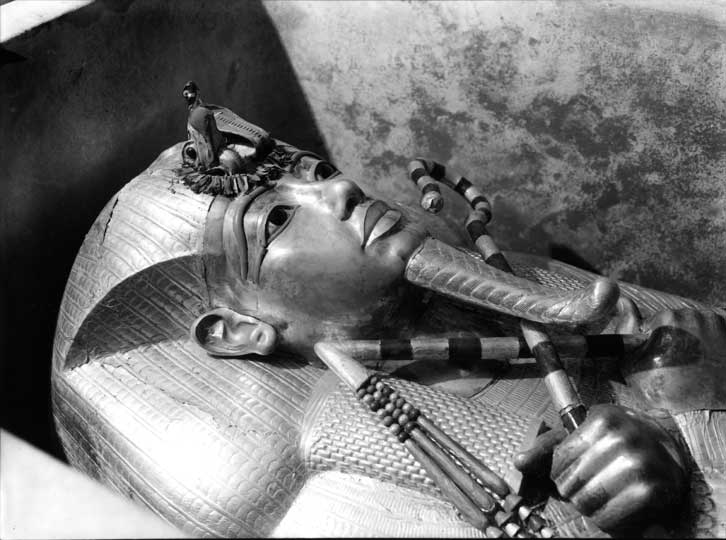
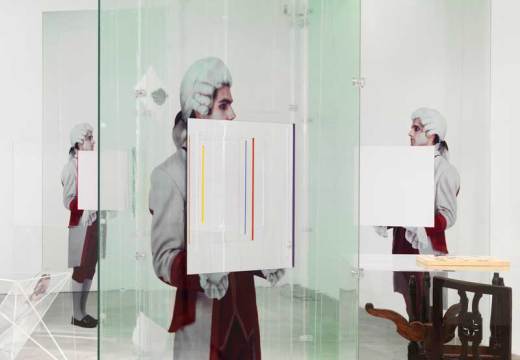
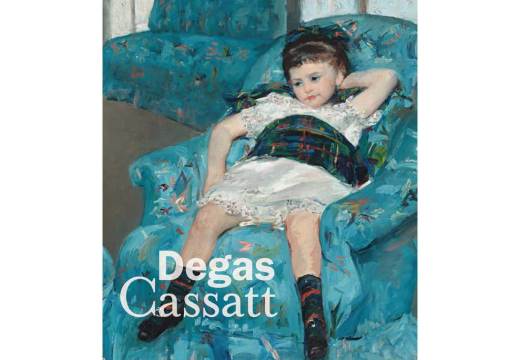
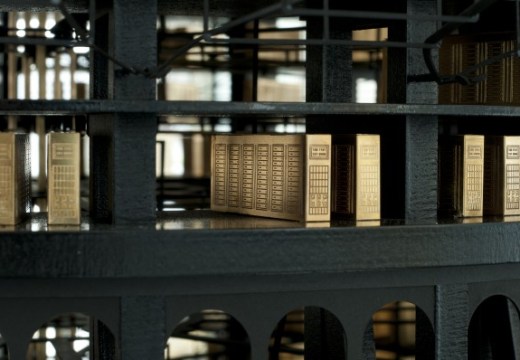









![Masterpiece [Re]discovery 2022. Photo: Ben Fisher Photography, courtesy of Masterpiece London](http://www.apollo-magazine.com/wp-content/uploads/2022/07/MPL2022_4263.jpg)
Why are fathers so absent from art history?